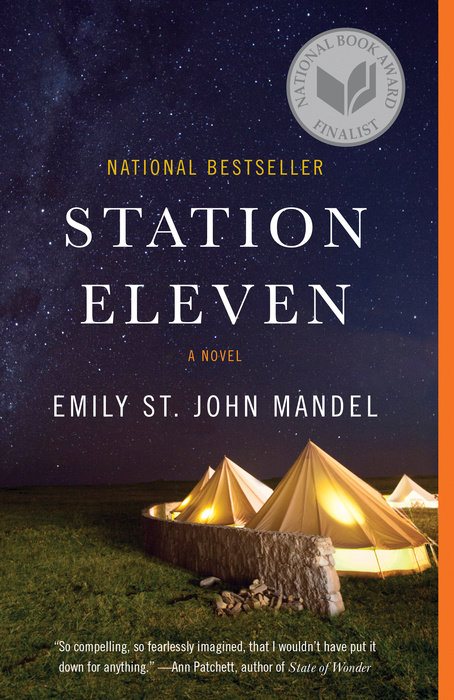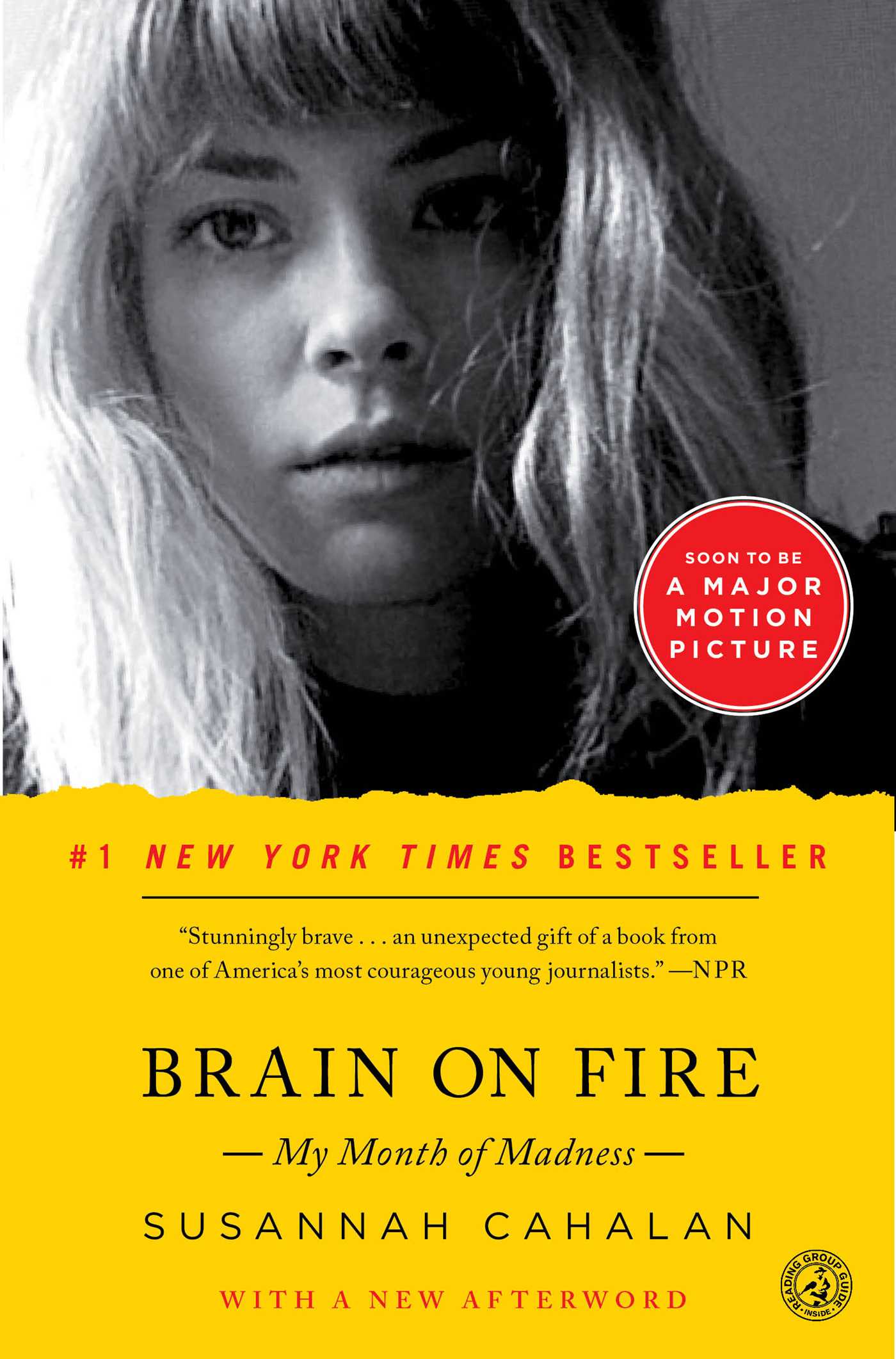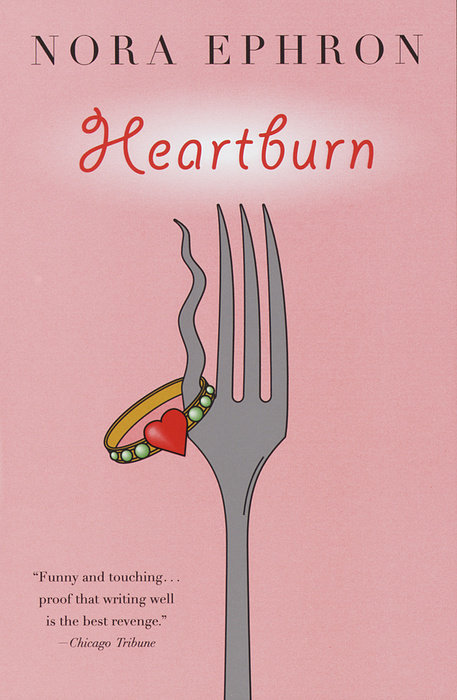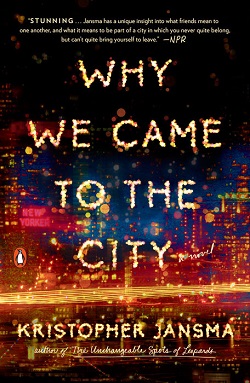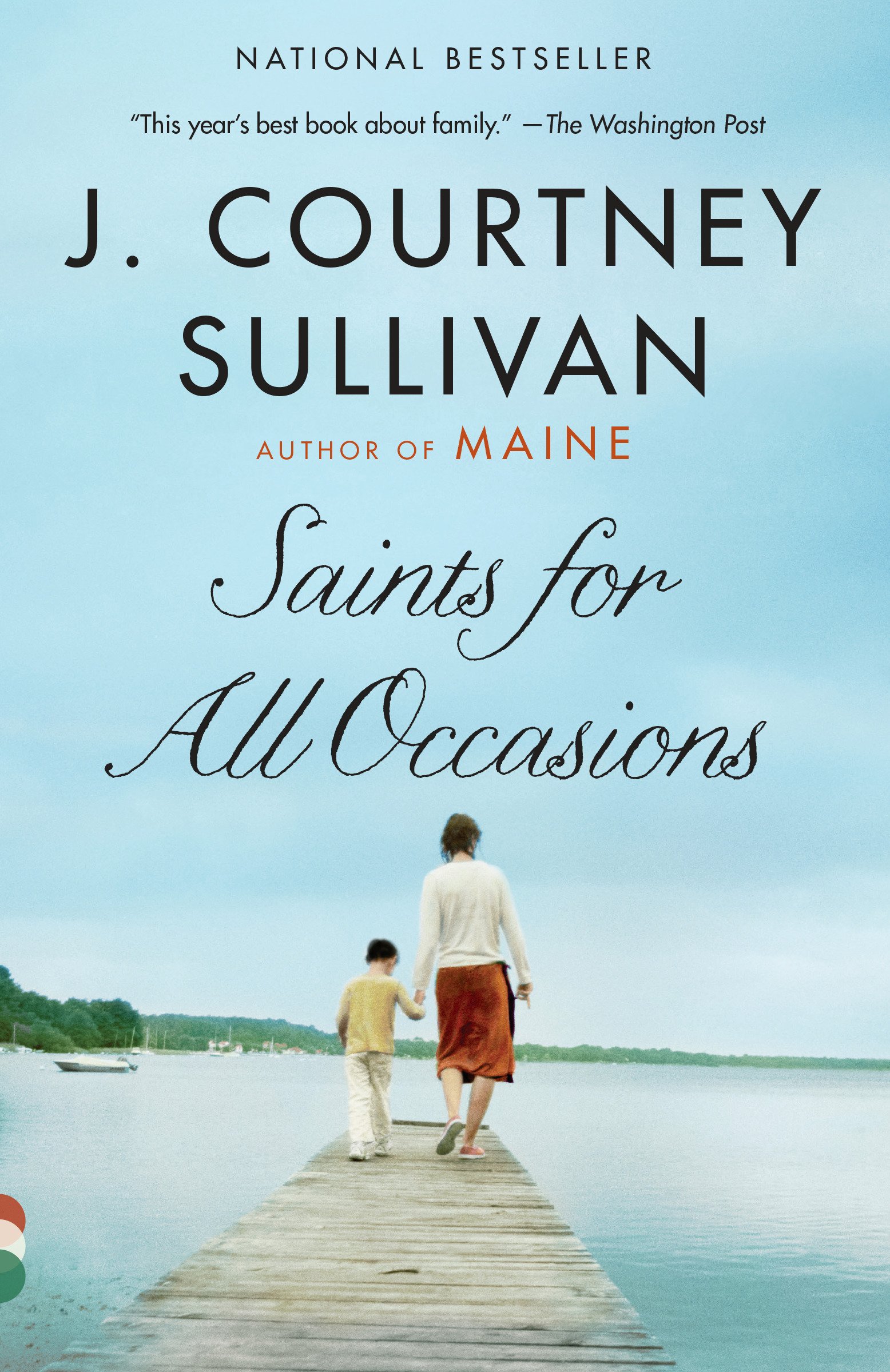There are tons of reasons to love book clubs—an opportunity to get together with friends and get through the books on your reading list, the conversation, and, of course, the wine. But let’s face it: choosing a book can be hard, pressure-filled, and stressful, especially when you’re picking it for more than one person to read. Luckily, we’ve lived, learned, clubbed, and read enough to help. Here are some tips to reduce your stress.

How to Pick the Perfect Book Club Book in 7 Steps
1. First, establish your approach. My suggestion? Alternating.
Giving someone the responsibility each month (or two months, or whatever your timing is) takes the pressure off and also makes things more fun. Not only will everyone feel that their opinion matters but you’ll have the chance to read a wider range of books. This month, for example, it was my turn to pick, and I chose STATION ELEVEN.
For fans of “The Walking Dead”
While “The Walking Dead” hero Rick Grimes and his gang are keeping hope alive but losing their grip fast after a zombie apocalypse, STATION ELEVEN’s Kirsten Raymonde and her band, the Symphony, have dedicated themselves to keeping the remnants of art and humanity alive after a mysterious pandemic has ravaged civilization.
MENTIONED IN:
2. Check out your TBR pile.
Being in charge of book selection is like being asked what your favorite book is—when someone asks you for a title, you can’t think of one. So, look to your shelf for inspiration! Picking from a pile of books you already want to read makes the whole process much easier and kills two birds with one stone. THE LONELY HEARTS HOTEL, THE UNDERGROUND RAILROAD, and THE SEVEN HUSBANDS OF EVELYN HUGO are a few of the books on my shelf.
3. Think about what else your group has read—and enjoyed.
It’s important to think outside the box and find new titles to love, but also be sure to take into consideration what’s worked and hasn’t worked in the past. Are two of your fellow book clubbers tired of World War II historical fiction? Try GOLDEN HILL, a novel of eighteenth-century New York City, instead! Does someone want to read Stephen King, but doesn’t like horror? Go for one of his less scary classics, like THE GREEN MILE. Does someone really want to dip their toe into narrative nonfiction? BRAIN ON FIRE and IN COLD BLOOD are both great options. Knowing people’s preferences is a good place to start, and from there you can figure out how to introduce new favorites.
Susannah Cahalan awakes in a hospital room, strapped to the bed. Crazy? Psychotic? Mental breakdown? BRAIN ON FIRE is her story of a devastating autoimmune disease misdiagnosed over and over—all while it appears she is losing her mind.
MENTIONED IN:
4. Be realistic.
Sure, you may really be into that lengthy bestseller, but will people really have time to read 500 pages in three weeks? You don’t have to sacrifice quality for quantity, but always be aware of the time of year (if it’s around the holidays, people will probably be strapped for time; if it’s summer, they might have more of it) and where everyone is commitment-wise. You don’t want to give anyone a reason to not finish or not enjoy the book. Some of my favorite short and sweet books are HEARTBURN, THE HOURS, and THE SUNKEN CATHEDRAL.
MENTIONED IN:
5. Pick some options and poll the group.
In a group, there will always be different opinions. So, my best advice is to pick three books and offer the options for a vote. It’s a great gesture to show that you want everyone to be up for what you’re reading, and if for some reason there’s a tie, you can still make the executive decision. Here are a few options to get you started: THE POSITION, THE GERMAN GIRL, and WHY WE CAME TO THE CITY.
I’m a huge fan of what I call “group novels”—books that focus on a few people, usually friends, in a specific place and over a specific period of time. Mary McCarthy, Meg Wolitzer, and Kathleen Alcott are among my favorites, and this past year, Kristopher Jansma joined the fray. Set in New York in the early years of the financial crisis, WHY WE CAME TO THE CITY follows a group of college friends after graduation, and presents some of the most honest and beautiful portraits of relationships I’ve ever read (just read the first chapter—it’s insane). This novel is an unflinching, heartbreaking, and somehow uplifting story about how people change your life as everything else changes around you, and about how a place can do the same. —Julianna
6. Think about themes.
Let’s be real: most of the time, book club discussions are only about the book But, picking a title with some personal, political, or cultural resonance might do a better job of keeping the conversation on track. It also a great way to support writers who are focusing on contemporary topics and get out of your comfort zone. Warning, though: be sure that there aren’t any extreme viewpoints represented that might create controversy! (Unless you like that sort of thing.) AMERICAN WAR, BEHOLD THE DREAMERS, and SAINTS FOR ALL OCCASIONS will all fit this bill.
MENTIONED IN:
7. Find a way to tie it all together.
What better way to get people excited about what you’re reading than to find something that brings it to life? Coordinate your meeting’s menu with where the book is set or find a fun local bar or restaurant that serves that cuisine. When reading THE SUN ALSO RISES, my book club met for tapas and sangria. If it’s a book that’s been adapted into a movie or miniseries, have a viewing and then compare/contrast. Reading THE RULES OF MAGIC? Make a date to watch PRACTICAL MAGIC, the story it sets the stage for. Most of all: have fun with it!
MENTIONED IN:

